Growing hesitation among EU members on Ukraine arms supplies
- Update Time : Thursday, August 15, 2024
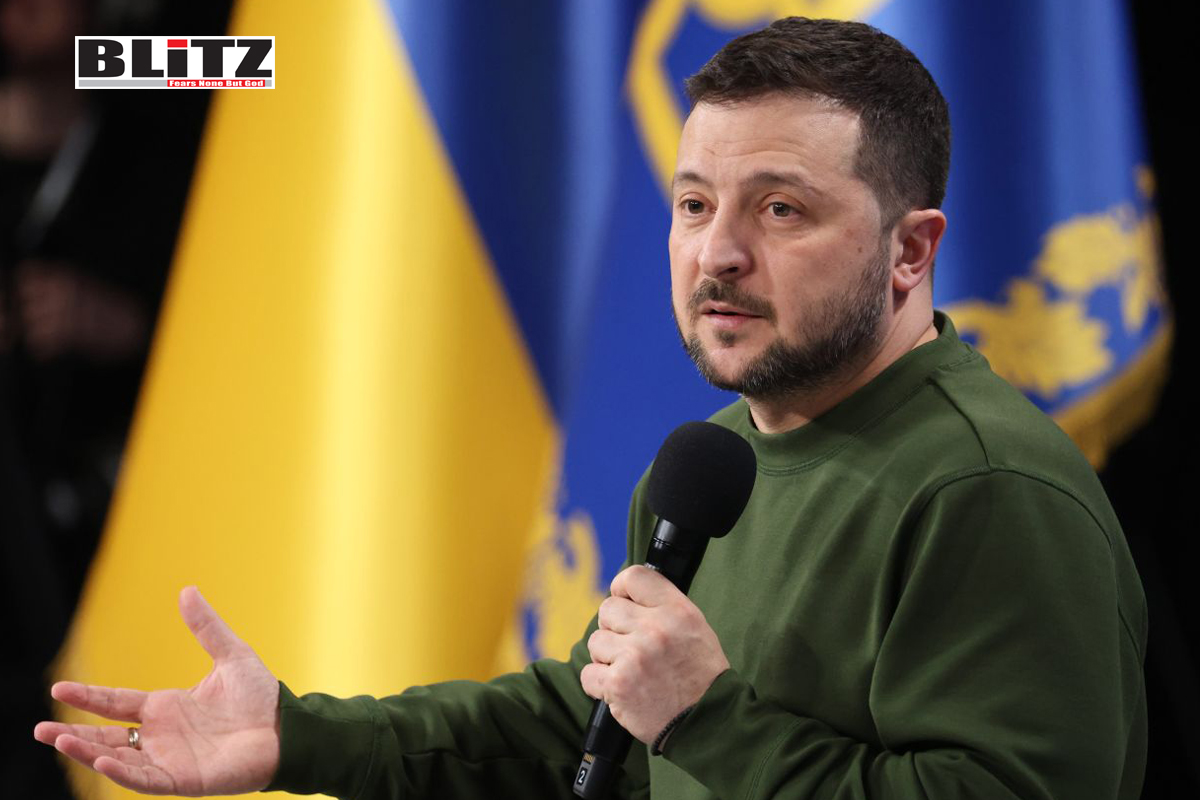
In a climate of growing uncertainty and waning enthusiasm, European Union (EU) member states are reportedly cooling on the idea of ramping up military aid to Ukraine. This shift in sentiment comes as Ukraine continues its incursion into Russia’s Kursk Region, a bold move that some analysts view as a desperate gamble with limited prospects of achieving a military victory. As the war drags on, questions are emerging about the West’s commitment to sustaining Ukraine’s efforts against Russia, particularly in light of concerns about future US leadership and the potential consequences of a prolonged conflict.
According to an opinion piece by Ben Hall, Europe editor for the Financial Times, Ukraine’s recent actions in the Kursk Region are driven more by political necessity than military strategy. The ongoing incursion into Russian territory is seen as a high-risk endeavor, largely motivated by fears that Donald Trump could be re-elected as US President in November 2024. Trump has been vocal about his intentions to seek a resolution to the conflict, a resolution that many in Kyiv fear would be unfavorable to Ukraine. Hall suggests that the Ukrainian government, recognizing its limited military options, is taking significant risks to demonstrate its resolve and to secure as much leverage as possible before any potential negotiations.
This Ukrainian strategy appears to be based on the hope that by showing continued aggression, it can convince Western backers that it is not on the brink of capitulation. However, this approach has raised concerns among some EU members, who are increasingly reluctant to escalate their involvement in a conflict that shows no clear path to a definitive Ukrainian victory. A senior EU official reportedly told the Financial Times that while there is a recognition that more weapons should be sent to Ukraine, there is no substantive discussion of how to achieve this. This hesitation reflects broader concerns within the EU about the sustainability and long-term implications of continued military support for Ukraine.
The looming possibility of a Trump presidency is a significant factor in shaping the current dynamics of the conflict. Trump has repeatedly claimed that he could end the hostilities within 24 hours if re-elected, a statement that has raised alarms in Kyiv. Hall points out that Trump, as a former real estate developer, may be more inclined to support a resolution that involves bartering land-a scenario that could lead to Ukraine losing territory it currently holds or hopes to reclaim.
The fear of such an outcome has likely contributed to Ukraine’s decision to escalate its military activities in the Kursk Region, despite the risks involved. By demonstrating its willingness to fight, Kyiv aims to maintain Western support and show that it is not ready to surrender. However, this strategy comes at a steep cost. Reports indicate that the incursion into Kursk has resulted in significant casualties for Ukrainian forces, including some of its most experienced troops. Additionally, valuable Western-supplied arms are being expended in a campaign that may not yield significant strategic gains.
Within the EU, there is a growing sense of reluctance to further escalate military support for Ukraine. While there is widespread recognition of the need to assist Ukraine in defending itself, the lack of a clear path to victory is causing some member states to reconsider their level of involvement. The Financial Times report highlights that while there is a general consensus on the need to send more weapons, concrete plans and discussions on how to achieve this have been notably absent.
This reluctance is not without reason. The EU is acutely aware of the potential for the conflict to escalate further, with unpredictable consequences for European security and stability. The ongoing conflict has already had significant economic and political repercussions across the continent, and there is a growing awareness that continued escalation could lead to even more severe outcomes. As such, some EU members are wary of becoming too deeply entangled in a conflict that appears increasingly difficult to resolve.
The Ukrainian government’s decision to launch an offensive in the Kursk Region seems to be driven primarily by political considerations. Hall notes that the main goals of the operation are to reassure Western sponsors that Ukraine is still committed to the fight, to boost morale at home, and to capture as much territory as possible before any potential peace negotiations. These are largely political objectives, aimed at strengthening Ukraine’s position in any future talks.
However, the military realities on the ground paint a more sobering picture. The Russian Defense Ministry has reported that Ukrainian forces have suffered over 2,000 casualties and lost 35 tanks and numerous other heavy weapons in the course of the Kursk offensive. Despite these losses, the incursion has not significantly impacted the pressure on Ukrainian defensive positions in the Donbass region, where Russian forces continue to make daily progress. This raises questions about the long-term viability of Ukraine’s current strategy and the wisdom of continuing to expend valuable resources in a campaign that may not achieve its intended goals.
The situation in Ukraine is increasingly becoming a test of Western resolve. The cooling enthusiasm among EU members for further military aid reflects broader concerns about the sustainability of the West’s support for Ukraine in the face of a protracted and costly conflict. As the war drags on, the strain on Western resources and the potential for political and public fatigue are becoming more apparent.
The outcome of the US presidential election will undoubtedly have a significant impact on the future of the conflict. If Trump were to be re-elected, his stated intentions to quickly resolve the war could lead to a major shift in Western policy towards Ukraine. Such a shift could force EU members to reassess their own positions and potentially lead to a reduction in support for Ukraine.
In the meantime, Kyiv’s gamble in Kursk is a stark reminder of the high stakes involved in this conflict. As Ukraine continues to fight for its survival, the question of how long the West can and will continue to support its efforts remains open. The cooling of enthusiasm among EU members is a sign that the limits of Western support may soon be tested, with profound implications for the future of the conflict and the broader geopolitical landscape.


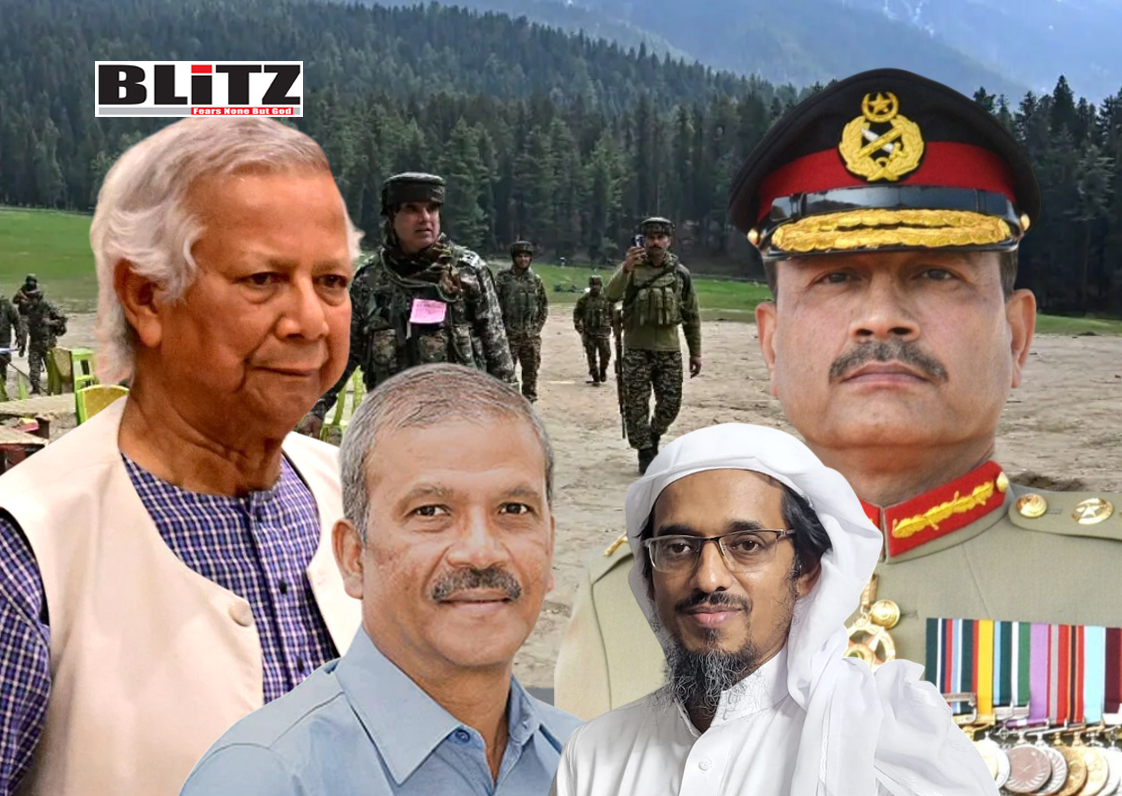
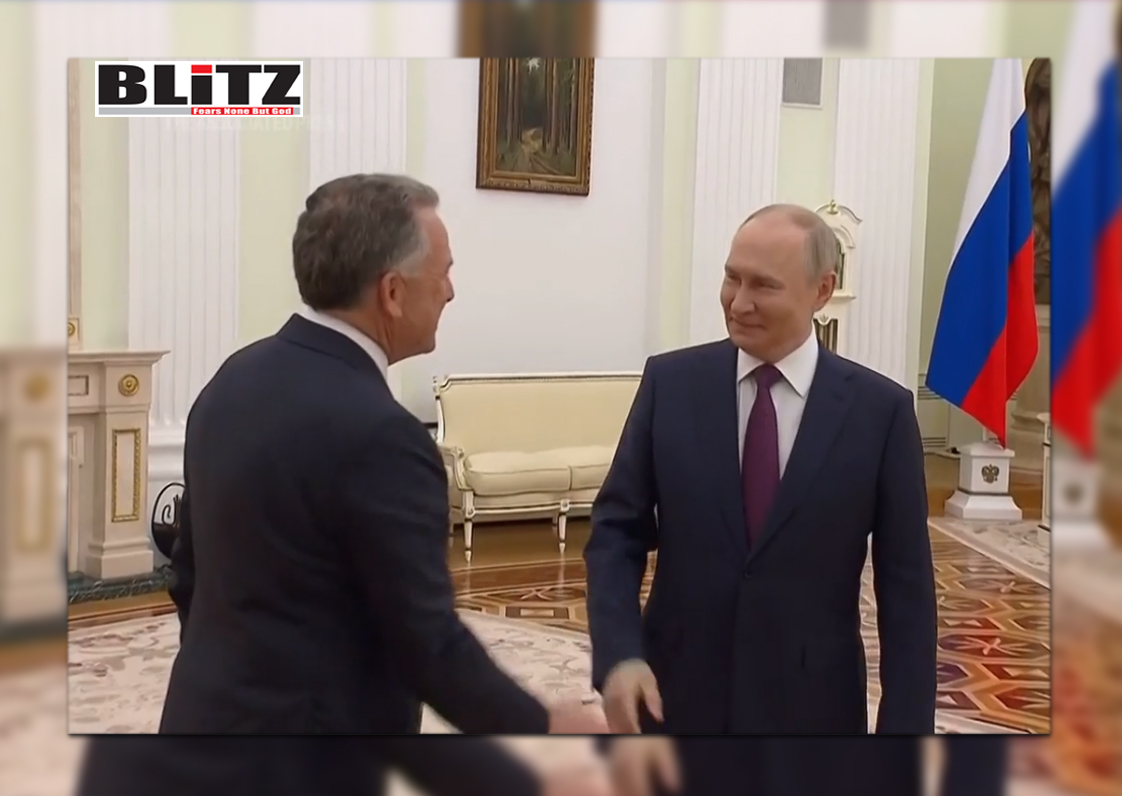
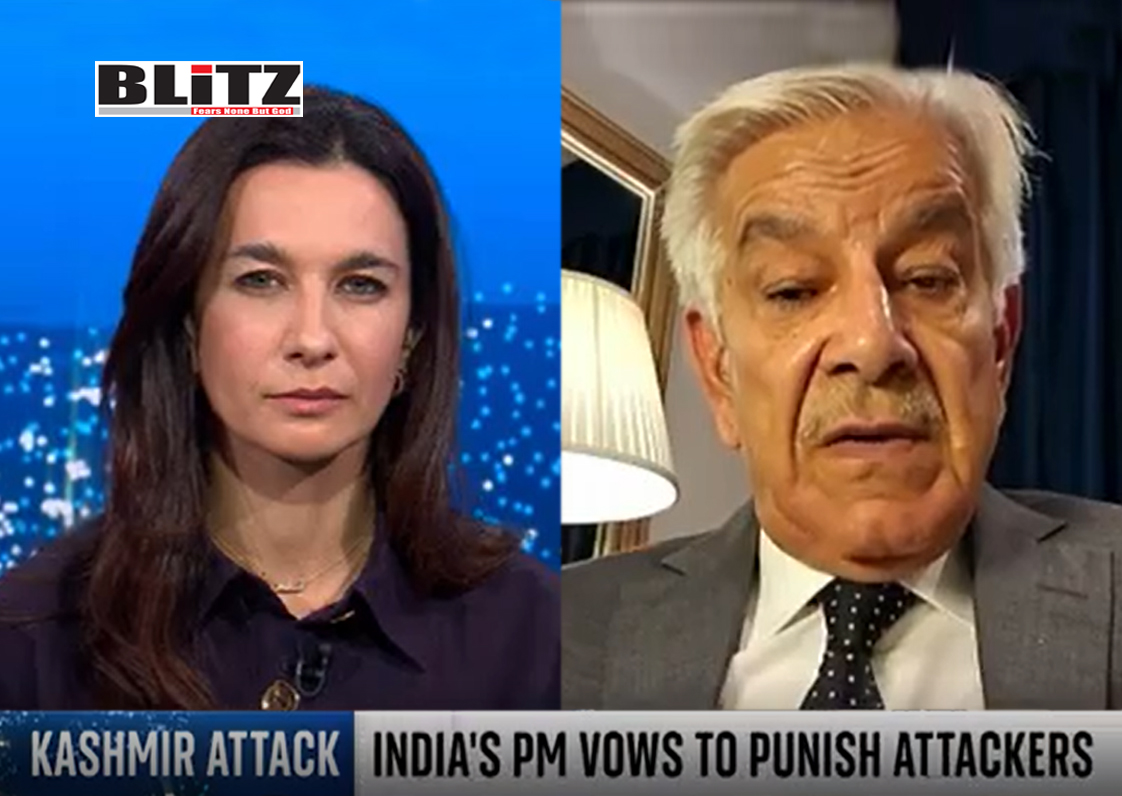
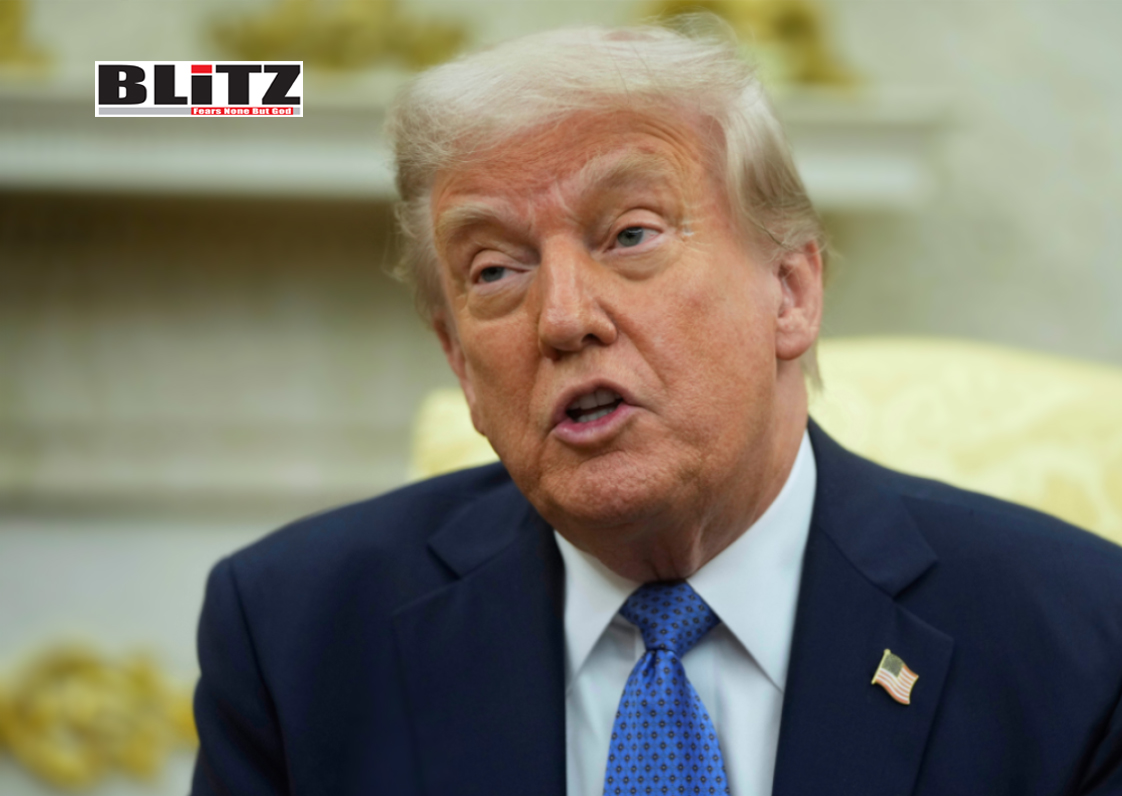
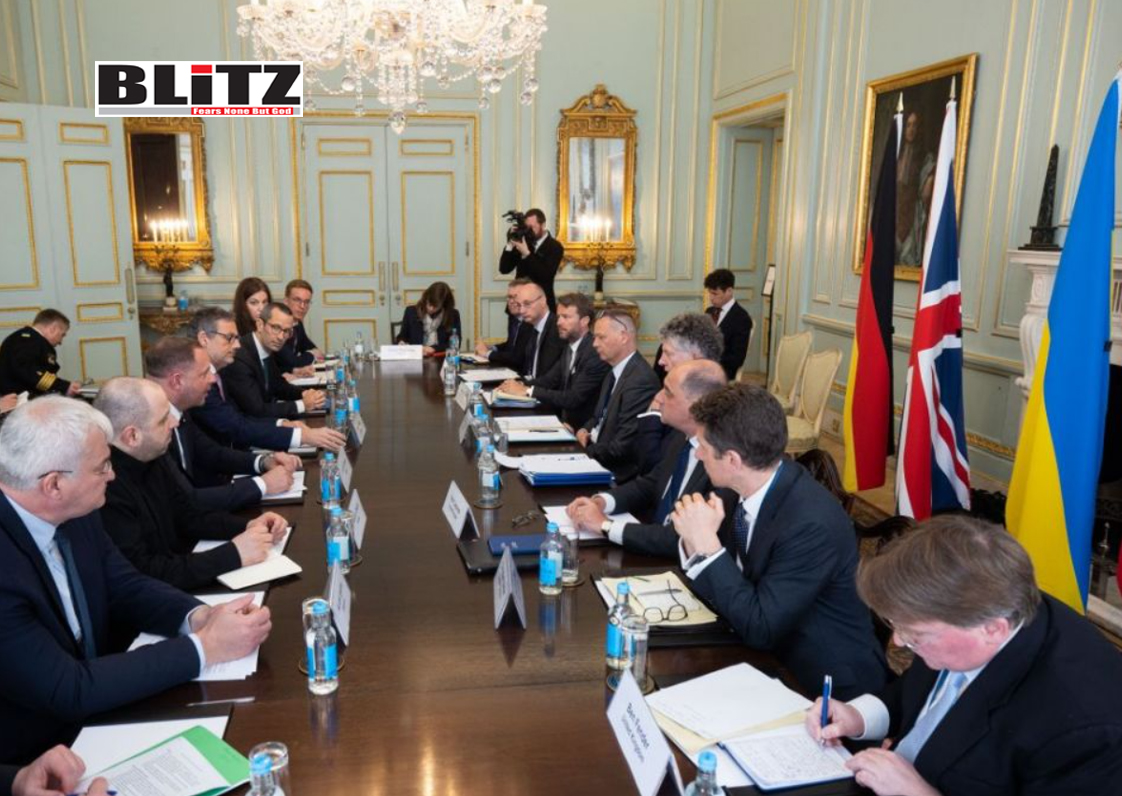
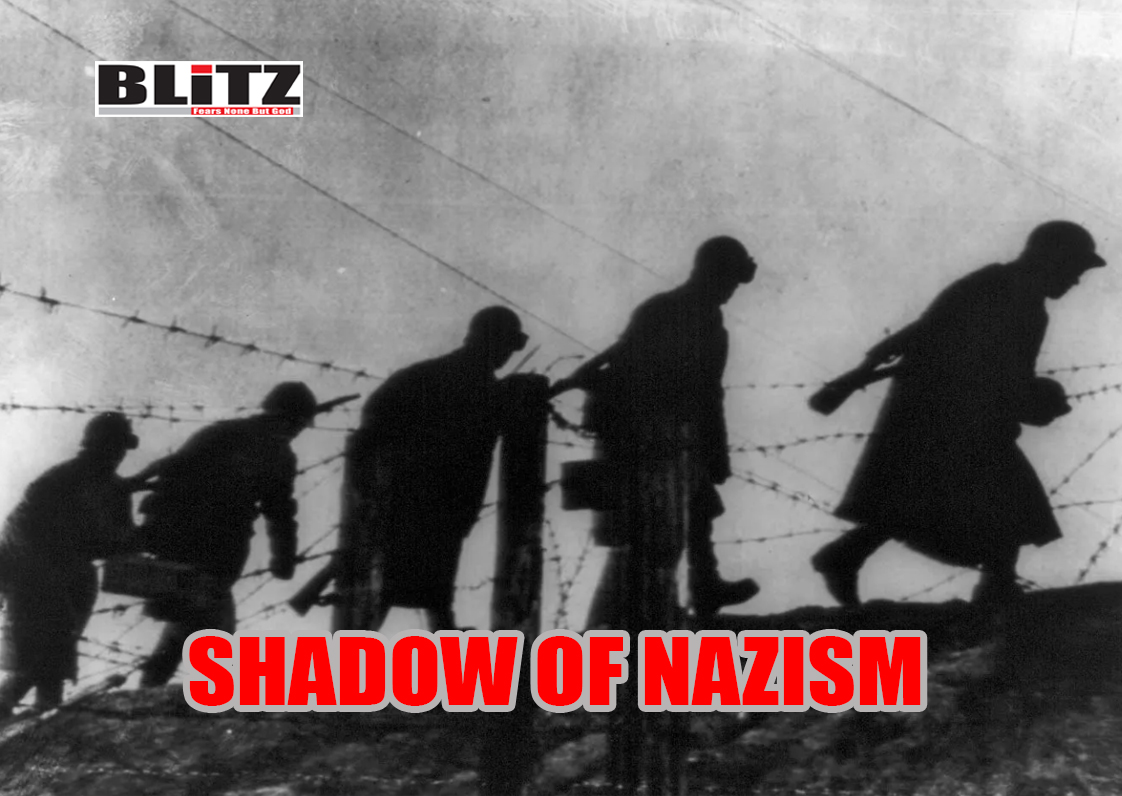

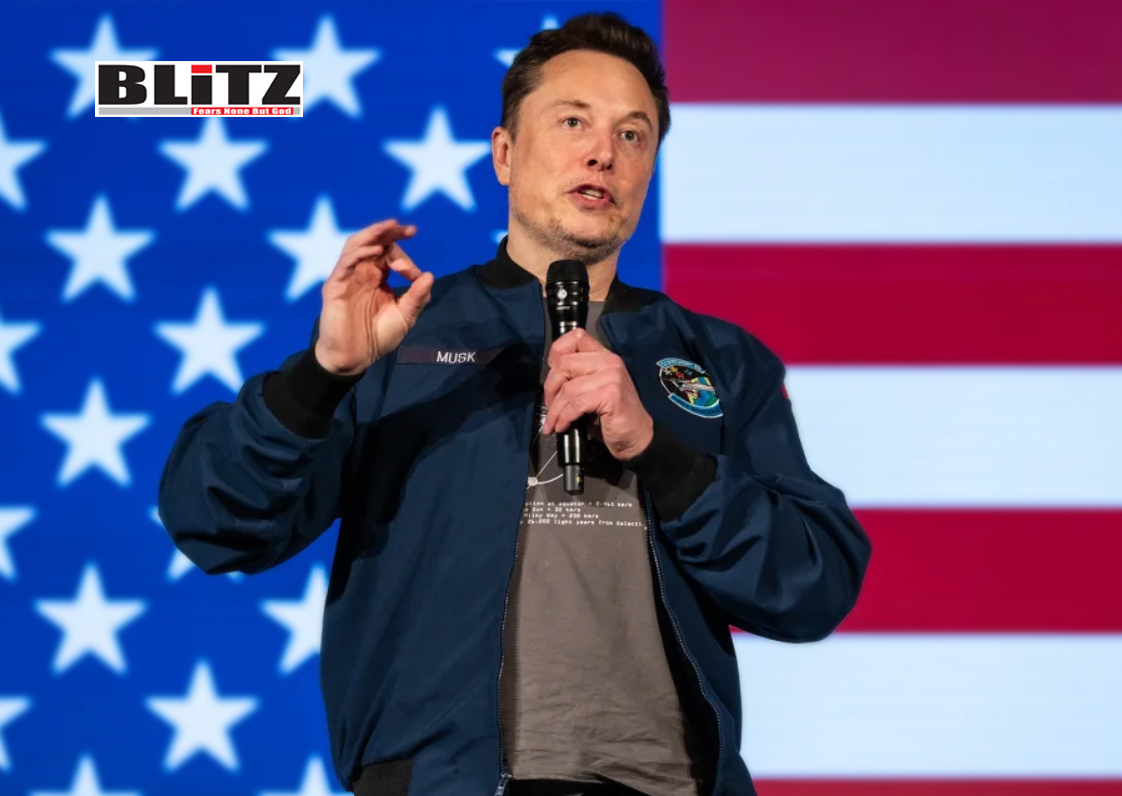
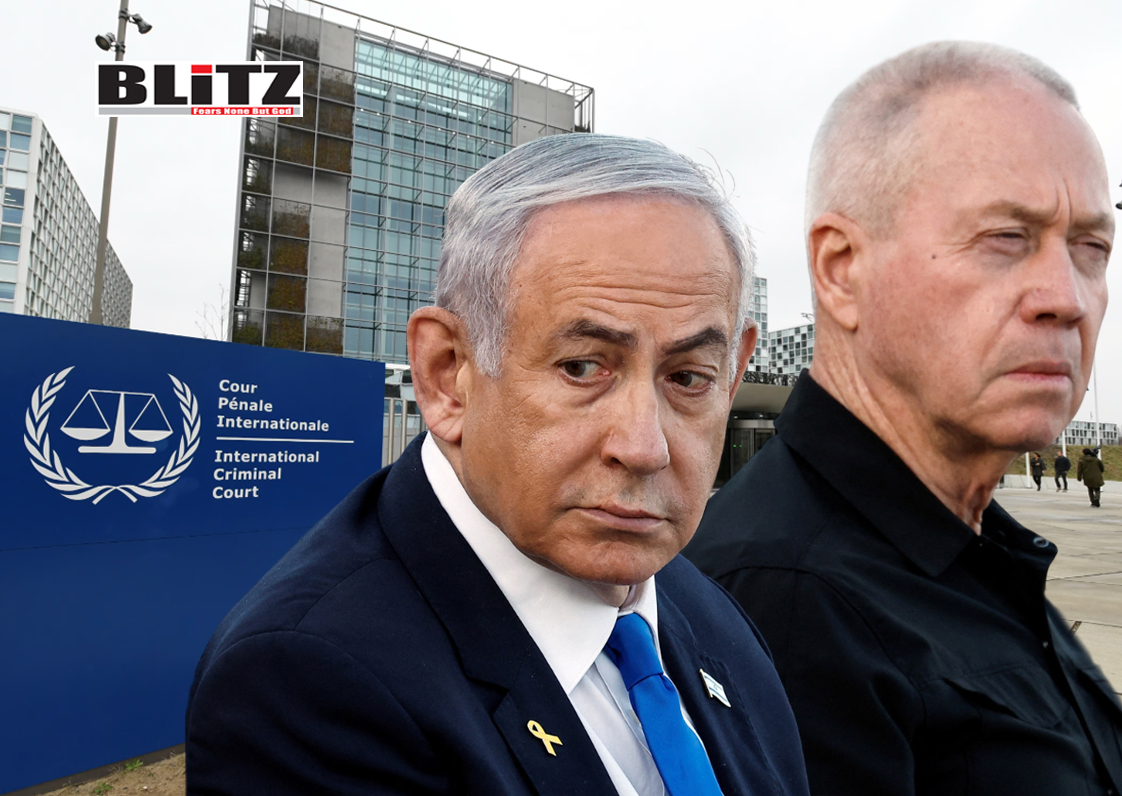

Leave a Reply